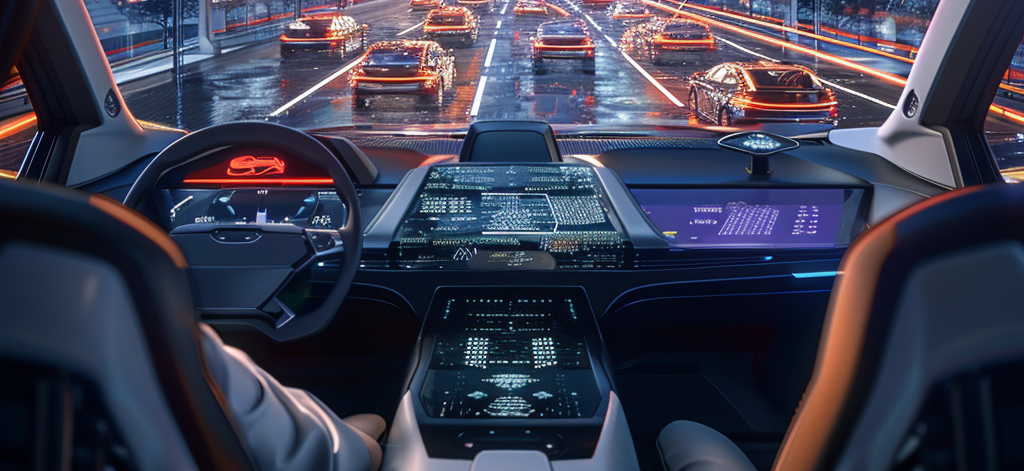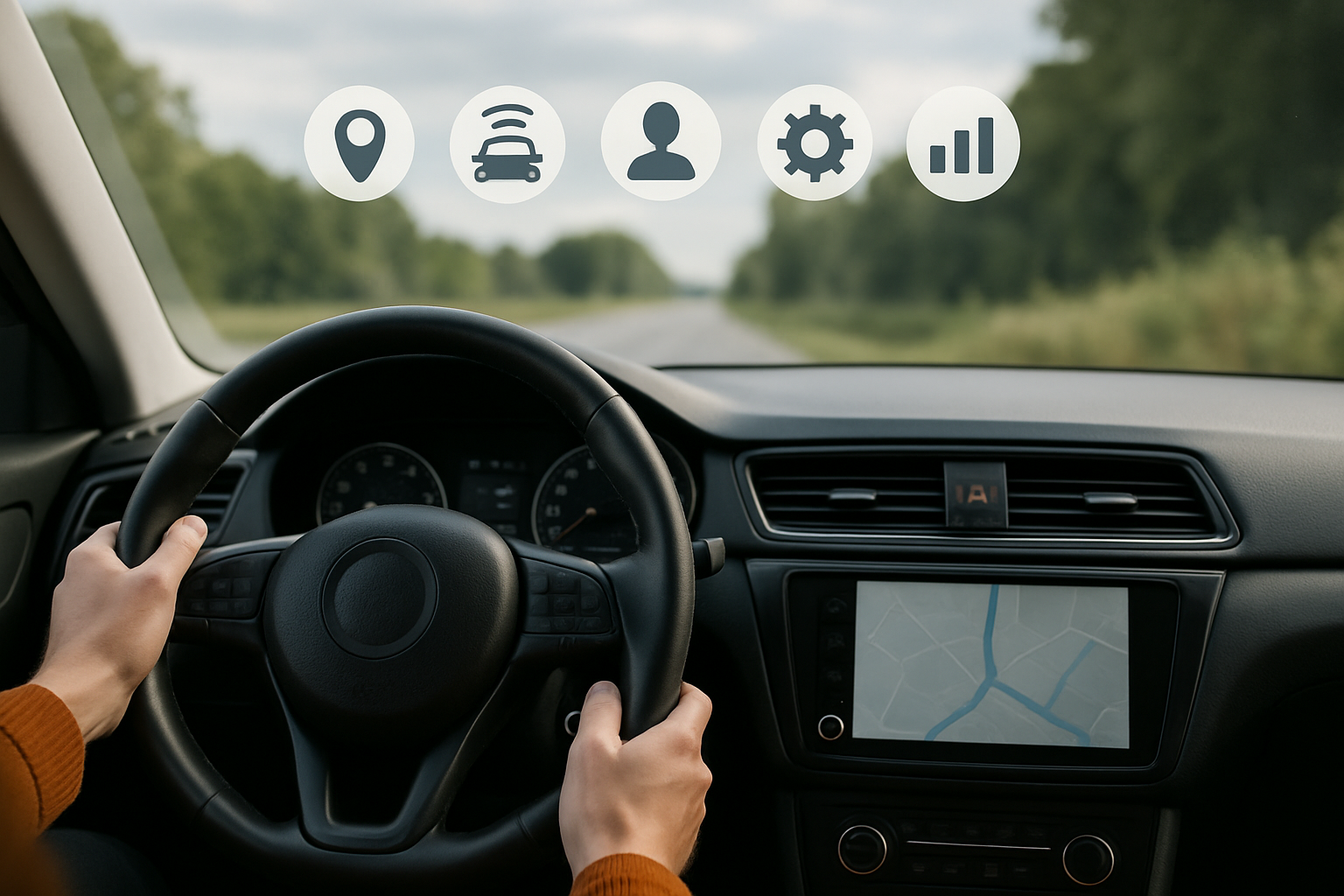The car of tomorrow isn’t just intelligent, it’s connected, sharing real-time data not only with the cloud but also with pedestrians, neighboring vehicles and infrastructures. There’s a movement afoot to put cars online, exchanging information with drivers, other vehicles and the whole road infrastructure. Get ready for a new era where cars talk, connect and make the road a smarter place.
Imagine vehicles on the road communicating with traffic signals, bridges, speedometers and each other. Vehicle manufacturers will be collaborating with smart cities and urban planning initiatives to enhance this communication and data sharing, optimizing traffic management and contributing to a safer and more efficient transportation network.
These connected vehicles – in particular, vehicles capable of V2X and C-V2X communication – have recently become a focal point for the auto industry. But while many manufacturers have focused on how car connectivity enhances safety and traffic efficiency, fewer have explored the many potential avenues for revenue generation and cost savings.
With more than 400 million connected cars expected to hit the roads in the coming years, the automotive sector is recognizing the potential to leverage this connectivity for greater financial gain and deeper customer engagement. According to McKinsey & Co., connectivity services, feature upgrades and new business models from connected car services could expand automotive revenue pools by about 30 percent, adding up to $1.5 trillion a year by 2030. That revenue will come from both individual subscriptions and services delivered through vehicles, as well as commercial fleet services.
More Efficient Fleets
I would argue that few have more to gain from connected cars than fleet vehicle operators. Fleets can comprise hundreds, even thousands of vehicles operating in a single city, and monitoring and managing them as individual units is incredibly complex. However, if they’re all connected, this feature greatly simplifies management, streamlining communication, optimizing routes and enhancing coordination. This improved operational efficiency ultimately improves a company’s bottom line.
Idling and maintenance are some of the highest operating costs for vehicle fleets. However, remote monitoring allows operators to track idling, where and when it occurs, for how long, and implement solutions. What’s more, connected fleets reduce maintenance costs. By having data from multiple vehicles gathered in real-time, operators can draw on both historical and current performance to predict when a vehicle component may fail and perform proactive repairs. Predictive maintenance significantly reduces maintenance costs and vehicle downtime, and improves efficiency.
Enhanced Safety
While connected cars are often promoted for their safety benefits, they also present an opportunity for additional revenue through enhanced safety features. In general, both consumers and fleet operators are willing to pay more for advanced safety technologies.
But these features are already a standard part of many cars produced today. How are they more relevant in connected vehicles? Again, because connected vehicles have the ability to take the data for those systems and share them with other vehicles and with outside entities, such as the manufacturer or local municipalities. So, the data not only benefits the driver or owner of the car, it also provides a constant feedback loop for the manufacturer, who can use the info to fine-tune future iterations of the vehicle. And municipalities can use this information to monitor road safety and schedule maintenance.
Subscription-based Services
Connectivity also opens up revenue opportunities from subscription-based services. These services redefine the driving experience by introducing capabilities that go beyond the reach of traditional in-car entertainment. While some features may exist in present-day cars, the transformative potential lies in the innovative services enabled by seamless cloud connectivity and real-time data streams, unlocking possibilities that non-connected vehicles cannot replicate.
For instance, connected cars pave the way for highly personalized concierge services that dynamically adapt to a driver’s preferences and real-time needs. Imagine a vehicle that not only adjusts its in-car entertainment based on your mood and preferences but also recommends nearby restaurants, gas stations or attractions based on the latest information sourced from the cloud and other connected vehicles.
One groundbreaking feature is the integration of advanced navigation systems that not only provide real-time traffic updates but also utilize data from a network of connected cars to predict and suggest alternative routes, optimizing the journey in response to current road conditions. This level of dynamic routing, backed by collective vehicle data, surpasses the capabilities of conventional navigation systems.
A Spectrum of Applications
We all know data is profitable. That’s why connecting vehicles that generate an abundance of relevant data for manufacturers creates numerous avenues for revenue. In essence, the more useful data available, the broader the spectrum of applications that can be explored and monetized. And by enabling real-time data exchange, connected vehicles become all the more valuable on the road.

Shahar Bin-Nun, CEO of Tactile Mobility.

Published originally on WardsAuto


